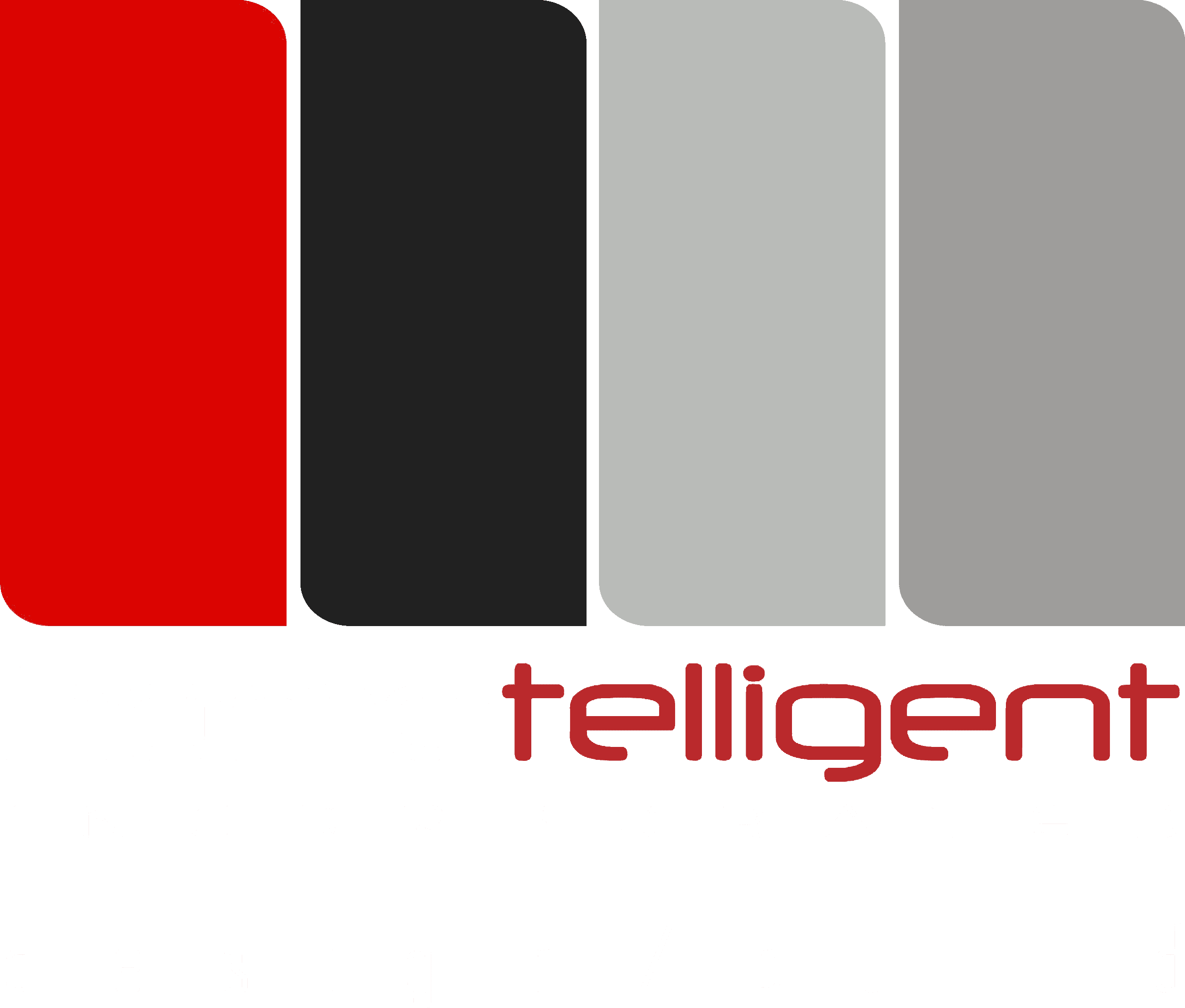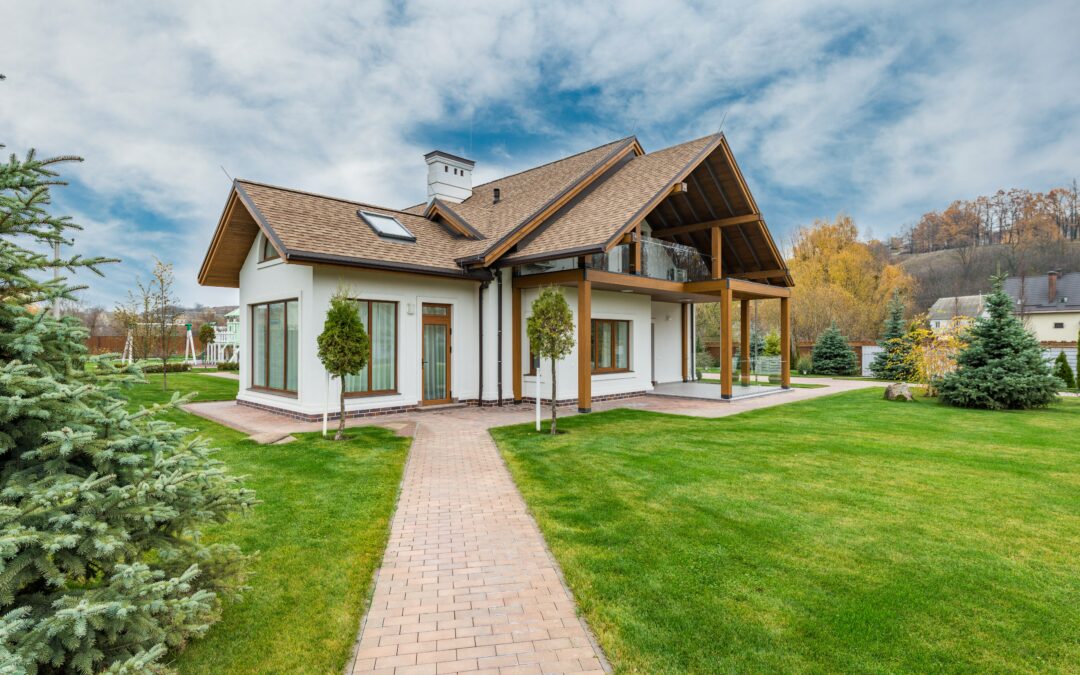Are you tired of feeling cramped in your current living space? Are you looking for a way to add more room to your property without breaking the bank? Look no further than modern Accessory Dwelling Units (ADUs)! ADUs have been gaining popularity in recent years as a more affordable and versatile alternative to traditional homes, and they’re quickly becoming the new tiny homes for many homeowners. In this blog, we’ll explore the many advantages of modern ADUs and why they might be the perfect solution for your housing needs. From their affordability to their flexibility, you’ll see why ADUs are the new must-have in the world of housing.
The Origins of Tiny Homes
The tiny home craze has its roots in the early 2000s, when a group of architects and designers began experimenting with the idea of creating homes that were smaller and more sustainable than traditional houses. The idea was to create homes that were more affordable, energy-efficient, and environmentally friendly, while still offering all the basic amenities that homeowners need.
Affordability
The movement gained momentum in the wake of the 2008 financial crisis, which left many people struggling to afford traditional homes. Tiny homes offered a more affordable housing solution, with many models priced under $50,000. Additionally, tiny homes provided a way for people to downsize and simplify their lives, which was an attractive option for those feeling overwhelmed by modern life’s pressures.
Media
The popularity of tiny homes was further fueled by television shows like “Tiny House Nation” and “Tiny House Hunters,” which showcased tiny homes’ unique design and lifestyle possibilities of tiny homes. Social media also played a role in spreading the tiny home craze, with Instagram and Pinterest showcasing the innovative and stylish designs of tiny homes worldwide.
Nontraditional
Today, the tiny home movement continues to grow, with a wide range of designs and styles available to suit the needs and preferences of individual homeowners. While some people still choose tiny homes for their mobility and affordability, others are drawn to the unique lifestyle opportunities that tiny homes offer, such as the ability to live off the grid or to travel the country while still having a place to call home.
Overall, the tiny home craze began as a response to the challenges of traditional home ownership and the desire for a more sustainable and affordable housing solution. While the movement has evolved over the years, its core principles of simplicity, functionality, and sustainability remain a driving force behind the continued popularity of tiny homes.
How do ADUs fit into the Tiny Home Narrative?
While Accessory Dwelling Units (ADUs) are not technically classified as tiny homes, they do share some similarities and are often considered a part of the same movement. Like tiny homes, modern ADUs are designed to be small and efficient, with a focus on maximizing space and minimizing environmental impact. Both tiny homes and modern ADUs offer a more affordable and sustainable housing solution than traditional homes, making them an attractive option for those who want to downsize or live more simply.
ADUs are Often Permanent Structures
One of the main differences between ADUs and tiny homes is that ADUs are typically designed to be permanent structures built on an existing property. They are often added to an existing home or created as a separate structure on the same property, allowing homeowners to generate additional rental income or provide housing for family members. In contrast, tiny homes are often mobile and designed to be moved from place to place, allowing homeowners to travel or live a more nomadic lifestyle.
Space-Saving Design
Despite these differences, modern ADUs and tiny homes share many similarities in terms of their design and function. Both types of homes are typically smaller than traditional houses, making them more energy-efficient and affordable to heat and cool. They also tend to incorporate space-saving features like lofted beds, built-in storage, and multi-functional furniture, which maximize the available space and make the homes more functional.
Versatile and Multipurpose
Another similarity between modern ADUs and tiny homes is their versatility. Both types of homes can be used in a variety of ways, from providing housing for elderly parents or adult children to serving as rental properties or vacation homes. This flexibility makes ADUs and tiny homes attractive for people who want to diversify their housing options or generate additional income from their property.
Overall, while ADUs and tiny homes are not the same things, they share many similarities and are often considered a part of the same movement toward more sustainable, affordable, and flexible housing options. Whether you’re looking to downsize, generate rental income, or simply live more sustainably, ADUs and tiny homes offer a range of possibilities that traditional homes cannot match.
Considerations Before Building
There are a few things you should keep in mind before deciding whether or not to build an ADU on your property:
- Local zoning regulations: Before you begin construction on a modern ADUs, it’s essential to research the zoning regulations in your area. These regulations can vary significantly from one location to another, so it’s important to consult with your local zoning board to ensure that your plans comply with the rules and regulations for your area.
- Building codes and permits: In addition to zoning regulations, you must comply with local building codes and obtain the necessary permits before beginning construction. Research your area’s building codes and permitting requirements and get all the required approvals before building.
- Budget: Building an ADU can be expensive, so it’s important to establish a realistic budget before you begin construction. Make sure to consider all of the costs associated with building an ADU, including materials, labor, permits, and any other expenses that may arise.
- Design and layout: The design and layout of your modern ADUs will play a significant role in its functionality and appeal. Consider factors like the size and shape of your lot, the orientation of your property, and the needs of your intended occupants when designing your modern ADUs.
- Construction timeline: Building a modern ADUs can take several months or even longer, depending on the complexity of the project and the availability of labor and materials. Establish a realistic timeline for your project, and be prepared to adjust your plans as needed.
- Financing: Depending on your financial situation, you may need to secure funding to build your modern ADUs. Various financing options are available, including home equity loans, personal loans, and construction loans, so be sure to research your options and choose the one that best fits your needs.
By considering these factors before you start building an ADU, you can ensure that your project is successful and that your new living space meets your needs and exceeds your expectations.
At Hometelligent, we’re committed to helping homeowners navigate the process of building a modern ADUs, from design and planning to financing and construction. Our team of experts is here to help you every step of the way, ensuring that your project is a success and that you can enjoy all of the benefits of an ADU.
So if you’re ready to start building your own modern ADUs, contact us today to learn more about our services and how we can help you achieve your goals. With Hometelligent, building your dream ADU has never been easier or more affordable.

